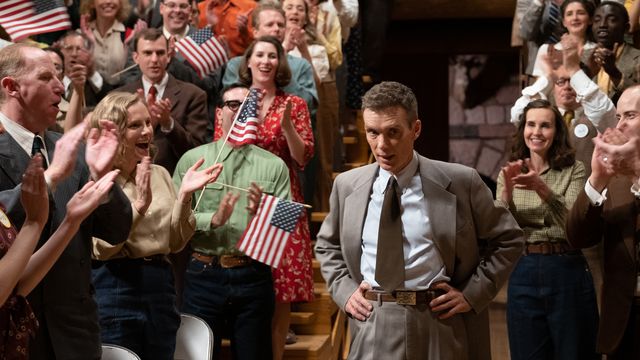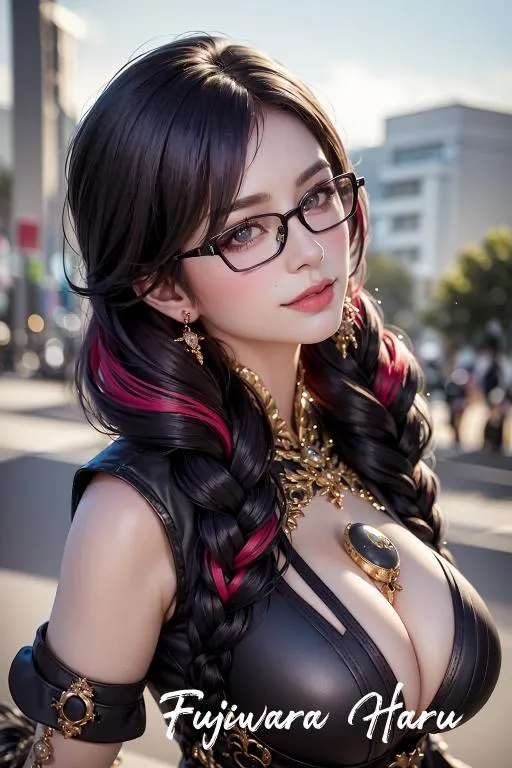In an entertainment industry that’s largely represented by unions, VFX remains one of the only factions to remain unprotected, leading to consistent reports of crunch, lack of overtime pay, and concerns over health care plans. But, as of the past few months alone, a couple of groups of workers are looking to change that.
In October, Disney’s in-house VFX workers, who work on projects like Disney’s live-action reimaginings, voted unanimously to unionize with the International Alliance of Theatrical Stage Employees (IATSE). They are following the lead of Marvel’s VFX workers, who voted to do the same in September. The concerns that led them both to unionize are similar, says Mack Robinson, a Disney VFX coordinator with more than 10 years of experience.
“It's such a small industry that chances are I've worked with some of them on a previous project or they've worked with people that I'm currently working with on the show, so it's a very tight-knit community,” Robinson says. “Just hearing some of the stories that they've had to deal with on other shows, it was just really eye-opening. But then I just realized, ‘oh wow, it's not just me.’ “
As IGN has previously reported, some of those working conditions on Marvel productions include seven-day work weeks with 18-hour days on shows like WandaVision, VFX coordinator Mark Patch said at the time. Speaking alongside Robinson as a VFX coordinator with IATSE, Patch says that it’s “unsurprising” to see Disney’s in-house effort to come right after Marvel’s.
“Coming so soon after Marvel really does show that this is cutting across studio lines,” he says.
“This is about VFX workers demanding respect for the work that we do… we're all realizing that, yeah, Disney can afford to pay insurance for folks and that's not controversial. We shouldn't feel guilty about asking for the same things that our coworkers have enjoyed for over a century.”
As IATSE previously laid out, Disney’s VFX workers hope to secure a contract that provides health care plans that can carry with them from job to job, retirement benefits, overtime pay, “and more generally, the same rights and protections afforded to their unionized coworkers who are already represented by IATSE.” And in talking to IGN, one common theme comes up between the workers of Disney and Marvel: the crunch.
‘I Can’t Do This Anymore’
As Robinson mentioned, when he started to hear the grievances of his colleagues in the VFX industry, many of them sounded familiar, particularly the consistent long hours. According to Robinson, crunch gets worse within the last three or four months of a production, as they’re rushing to push external contractors to get the shots done.
The current situation, Robinson says, sees Disney’s in-house workers doing “hours-long reviews” with the vendors “just to get feedback immediately over to the artists so that they can do their work and send us another revision for shots.” Sometimes these shot reviews can run three to five hours – and, when there’s anywhere from 50 to 200 shots to cover, it can get “grueling,” Robinson says: “It really drags on.”
“In some cases, there were people that would be working early in the morning and then late into the evening,” he says. “I myself experienced that on a show where I would, if I was going into the office, I was getting in at 7:00, 7:30 and finishing up around 8:00 or 9:00 at night. If I was working remote, I would be working maybe 6:15, 6:30 in the morning, and then ending at 10:30, 11:00 at night.”
These 14-16-hour days are unfortunately not out of the norm, Robinson and Patch agree – not just for Disney and Marvel, but for the VFX industry at large. Patch remembers working similar hours with Robinson five years ago on Starz’s American Gods.
What’s more, there’s a lack of a structure for overtime pay in regards to VFX workers in general. In most Hollywood unions, including IATSE, there’s the concept of “golden time” where unionized workers get paid significantly more after working 14 consecutive hours in a day or through weekends. But VFX workers don’t receive those types of benefits for their work, Patch says.
“So we have both been on shows where I know we've had to work for two or three months straight during delivery every single day, and that is something that you have no control over. You have no control over your schedule, and you have to basically sign over your life for that period,” Patch explains.
Patch and Robinson exchange grim jokes about what they’ve had to give up regularly for this job, from holidays with families to weddings (and dates “are a given,” they agree). But, inevitably, it gets to a point where those in VFX simply can’t keep going at this rate, with both of them saying that they’ve seen several people leave the industry over the working conditions.
“I've definitely seen it, especially with folks trying to start a family,” Patch says.
“I've known a couple people who just said, ‘I can't do this anymore,’ “ Robinson adds. “I've known a couple of people that are still working in VFX, they're just working on different shows, but they just had to quit the current one that they were on. One of those would have been Avatar: The Way of Water. That's a film that they've been working on for literal years – three, four, some cases, five years. I think I've known three people on that one, and they've all worked on it for a year at different phases of the post-production process for that film.”
Robinson brings up a former production manager that he and Patch had, saying that James Cameron’s wildly VFX-heavy sequel “drove her nuts” after working on it for a year and a half.
It got worse too, they agree, since COVID, with a “production explosion” erupting once lockdown restrictions were lifted. Since they had literally run out of people who could do the work that was being asked of them, as Patch describes, they had to start training people who were extremely new to the industry to take on the jobs… which is difficult because, without a union, they have a severe lack of training programs. It led to something of a perfect storm where, not only were they training new recruits, but juggling their own increased demands.
“I think a lot of folks during COVID decided, ‘you know what? It's not worth it. Life is too short,’ “ Patch says.
A Long Time Coming
As Robinson points out, it’s been 50 years since the first Star Wars launched the modern VFX industry as we know it. Since then, VFX has only gotten much more prominent in Hollywood. So why has it taken so long for VFX to stop being treated like the Wild West?
It’s a question that both Robinson and Patch have grappled with. But one thing that Robinson has seen throughout this process is that people – both in the executive suites and in the general public – have very little idea of the amount of work VFX takes.
“We're not just on for post-production, we're not just on for the actual production,” he says. “In most cases, we're there from pre-production to post, when they screen the movie in the theaters for everybody. We're sitting there, we're estimating how much it's going to take to shoot a sequence, how many shots it's going to take for that sequence to look its best, what it is that we need for those shoots, everything like that, and then just kind of estimating how far that's going to take us into post.”
“I don't think people really realize how much work it is that we actually do,” he goes on. “And if there's one takeaway from all of this, I would just like to see people have a better understanding of what it is that we actually do, and why we do it, and why we love it.”
The next immediate steps, however, will be for the negotiating committee to identify the top priorities for their contract, and then proceed to bargaining. The hope, they say, is for other VFX groups, from those in-house like Marvel’s and Disney’s to third-party vendors with hundreds of employees, to join in the movement as well.
“This is about folks recognizing that we are here, we're working in the trenches, and we're the kind of folks who like to put our heads down and get it done,” Patch says. “But we also are at the point now where we're raising our hands and we're like, ‘Hey, we need to be treated with the same decency and respect as those folks that we all are working alongside of and then get back to making these great products.’ “
Alex Stedman is a Senior News Editor with IGN, overseeing entertainment reporting. When she's not writing or editing, you can find her reading fantasy novels or playing Dungeons & Dragons.




